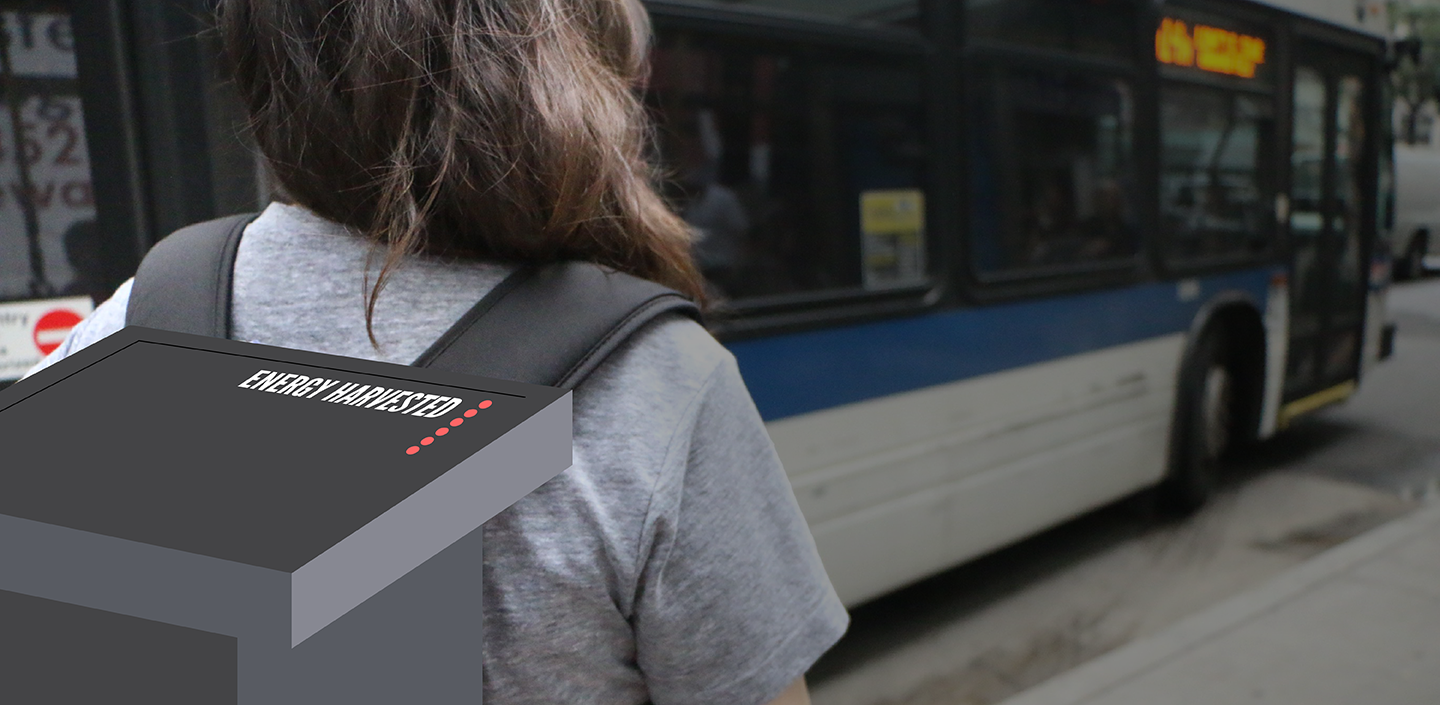
From centralized public services to civic ownership
What if public services became hyperlocalized? What if citizens took on the responsibility of waste management?
Designed by Katie Edmonds, Andrea Morales, Sneha Srinivasan
THE PROVOCATION: This project proposes three alternatives to waste collection: Garbage pipes that transport waste between buildings, buses that use compost as currency and subway cars that incinerate trash to generate energy.
Waste hauling is a strain to city mobility – trucks average 3.7 miles per gallon, garbage piles up on the side of street, and the ubiquitous nature of garbage itself encourages more thoughtless waste.
By modifying the way goods and services move through the city, this provocation questions the mobility of services and examines their impact on city life. It aims to lower strains on city infrastructure by reconfiguring the concept of waste from someone else’s problem to civic ownership. The project leverages the internal value of personal responsibility to prompt lasting behavioral change and focuses on the hyperlocality of waste management to ensure that the stresses on the system are equally shared.
Just as important as the interventions proposed in this project are the possible implications, both negative and positive. This speculation brings to light the various chain reactions that could result from three design interventions in the current waste disposal system
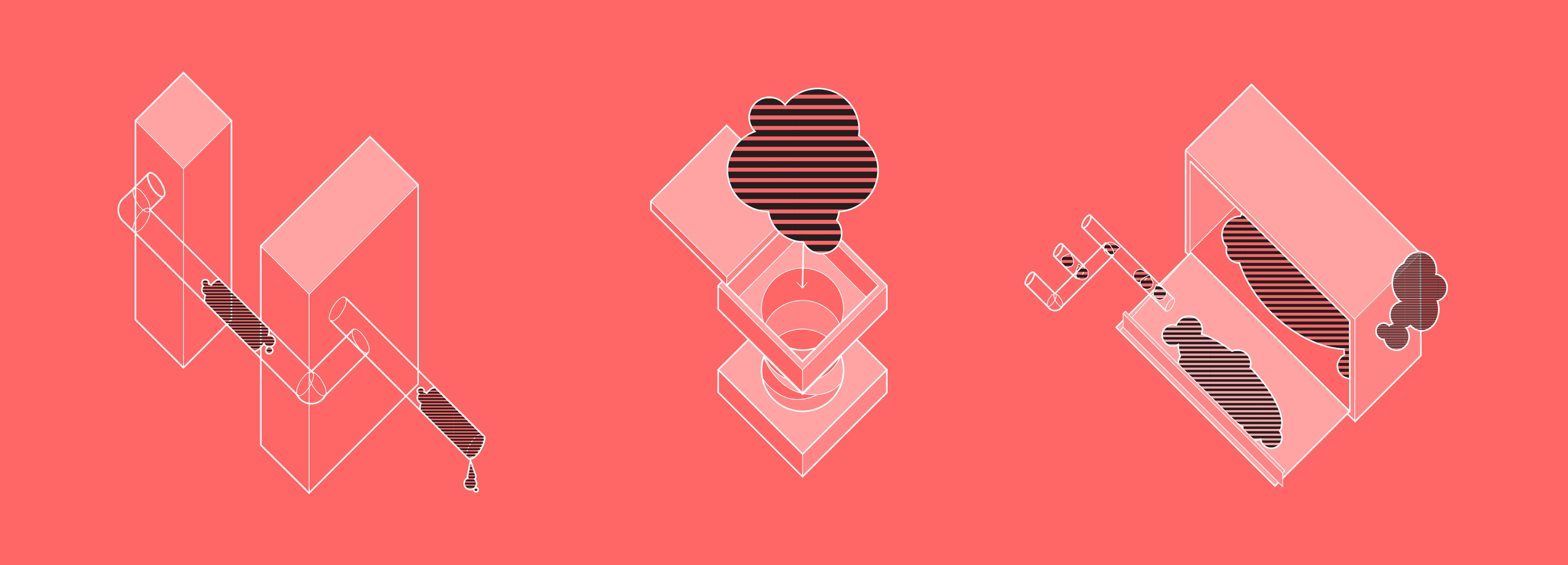
Exposed transparent tubes connected through the windows of buildings would carry waste to from building to building and then on to a final landfill. The need for truck disposal would be removed, and with that congestion in the streets created by the current waste disposal truck fleet would be eliminated. The big question, though, is: what happens when we change the mobility of waste disposal? As a design exercise in systems thinking, this speculation uncovered possible scenarios:
LOCAL STYLE. Tubes might become an outward projection of social status in a neighborhood, based on the inner contents and upkeep. The color and materiality of the tubes themselves could become signifiers of neighborhoods, just like certain smells help citizens know their place in a city? What is the role of government in maintaining equality of aesthetics?
GUERRILLA SPORTS. What if the tubes become a new canvas for graffiti artists, or a railing for underground daredevils to practice on? What then of safety? In any system intervention like these tubes, new social practices would emerge. Design must account for possible subcultures being born out of it.
PEST CONTROL. Taking this speculation to its extremes, new stakeholders come to the foreground. In the absence of waste, what is the new definition of public health? Will pests, such as rats, move from the streets to the tubes in the sky? And if so, what is the new line dividing public vs. private health?
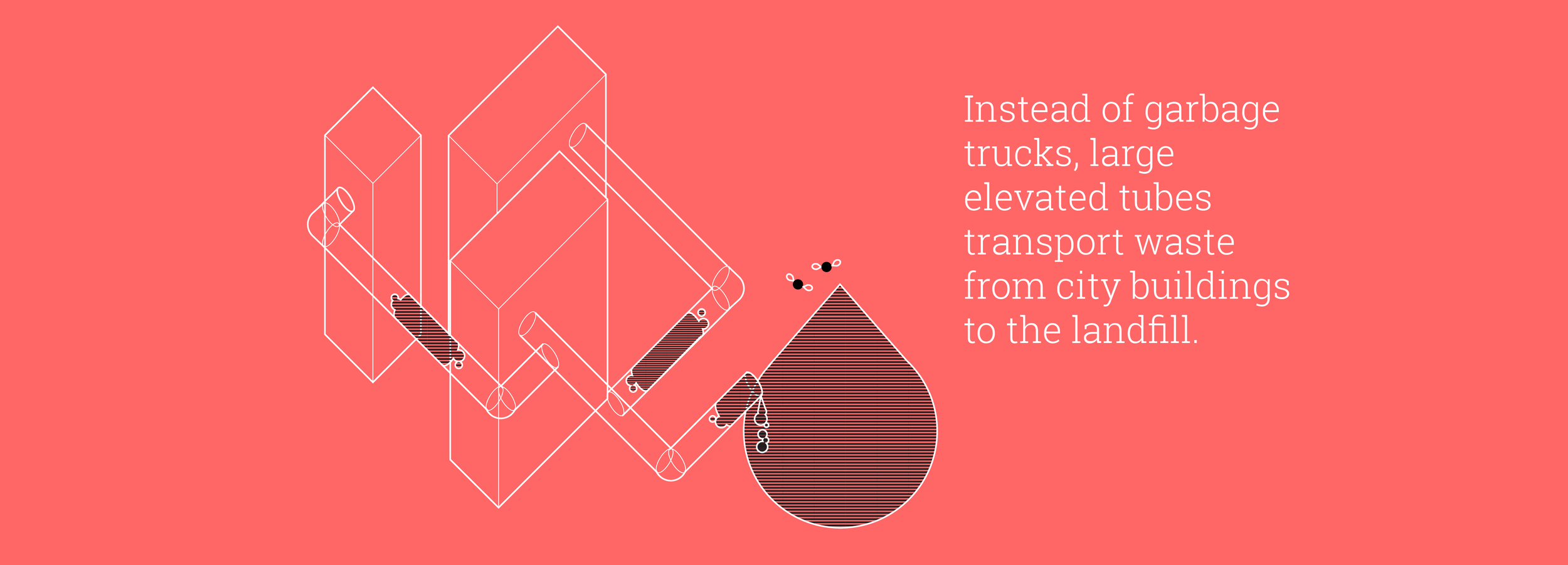
The second design intervention would create buses that reward citizens with free fares in exchange for one’s household compost. People would carry their natural waste to the bus in a backpack-sized carrier and feed it into the bus. The compost would go to the top of the bus for processing. Once the refuse has been turned into fertile soil, it would be given to local gardens to cultivate food for communities.
POTENTIAL ISSUES. There could be potential issues with sanitation, smells and leaks. Depending on the socio-economic status of neighborhoods, the organic richness of compost might differ. Would people actually be willing to carry their garbage for personal and public benefit?
BEHAVIORAL NUDGING. Anti-odor carriers would be provided to transport compost, and this new habit would be layered on top of the quotidian journey to the bus. Likewise, reduced bus fare would be a primary encouragement to start composting. It’s all about small nudges to behavioral change.
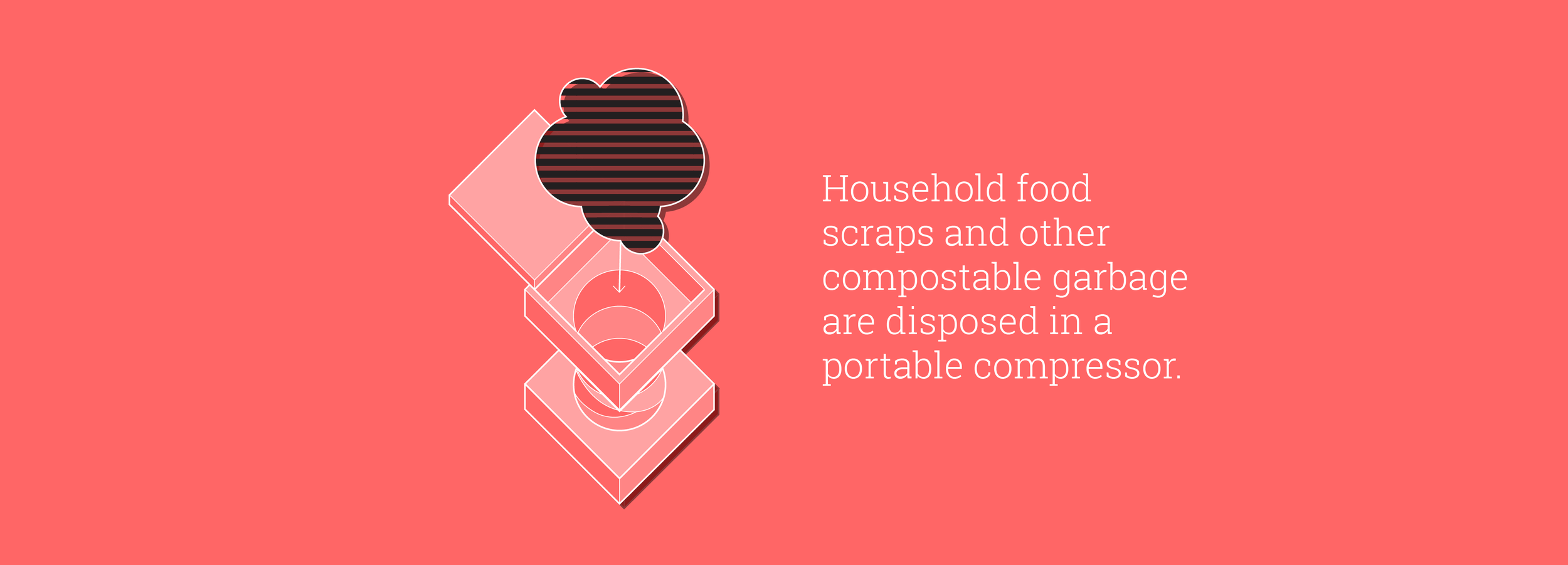
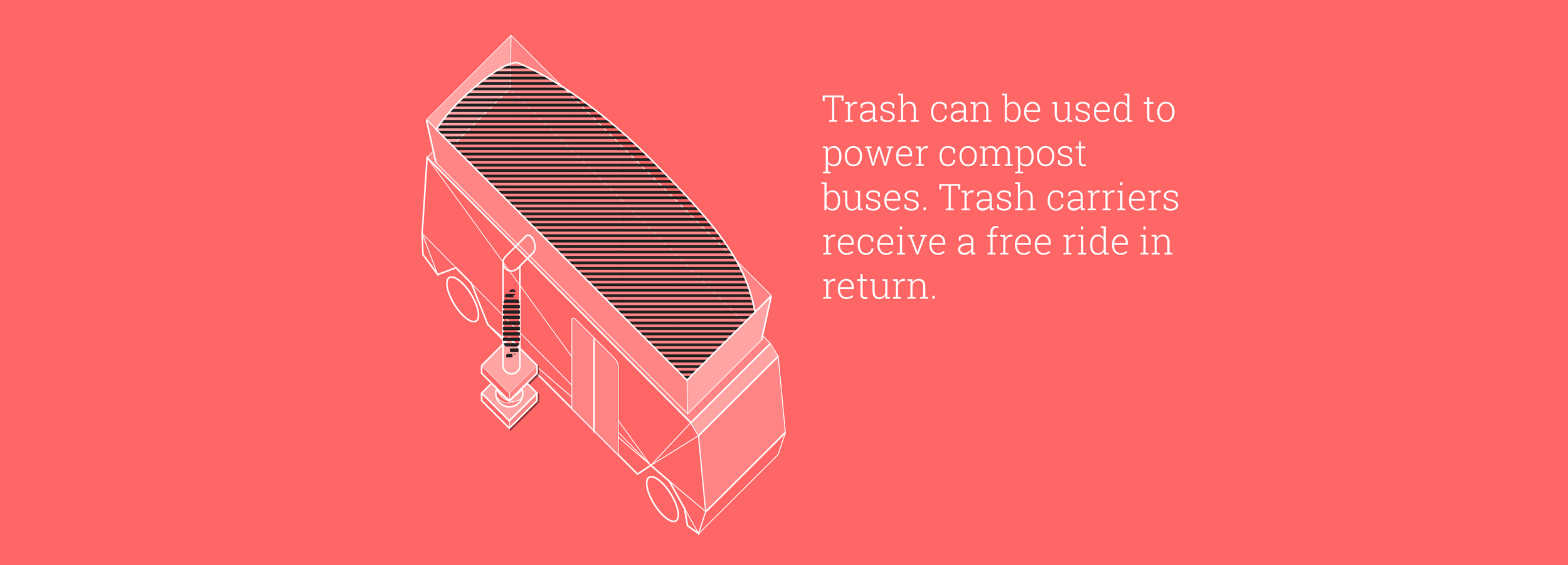
The third, and final design intervention, are waste incinerators that are installed on select subway lines throughout the city. In lieu of paying a fare, passengers deposit their garbage. The waste is then converted into energy for the train though a clean incineration process.
SCALE. The principle issue with this proposal is scale, storage and quality control. How could demand meet supply and capability?
MULTI-USE. Combining functionality – in this case transportation and clean energy – are the keys to a sustainable future.
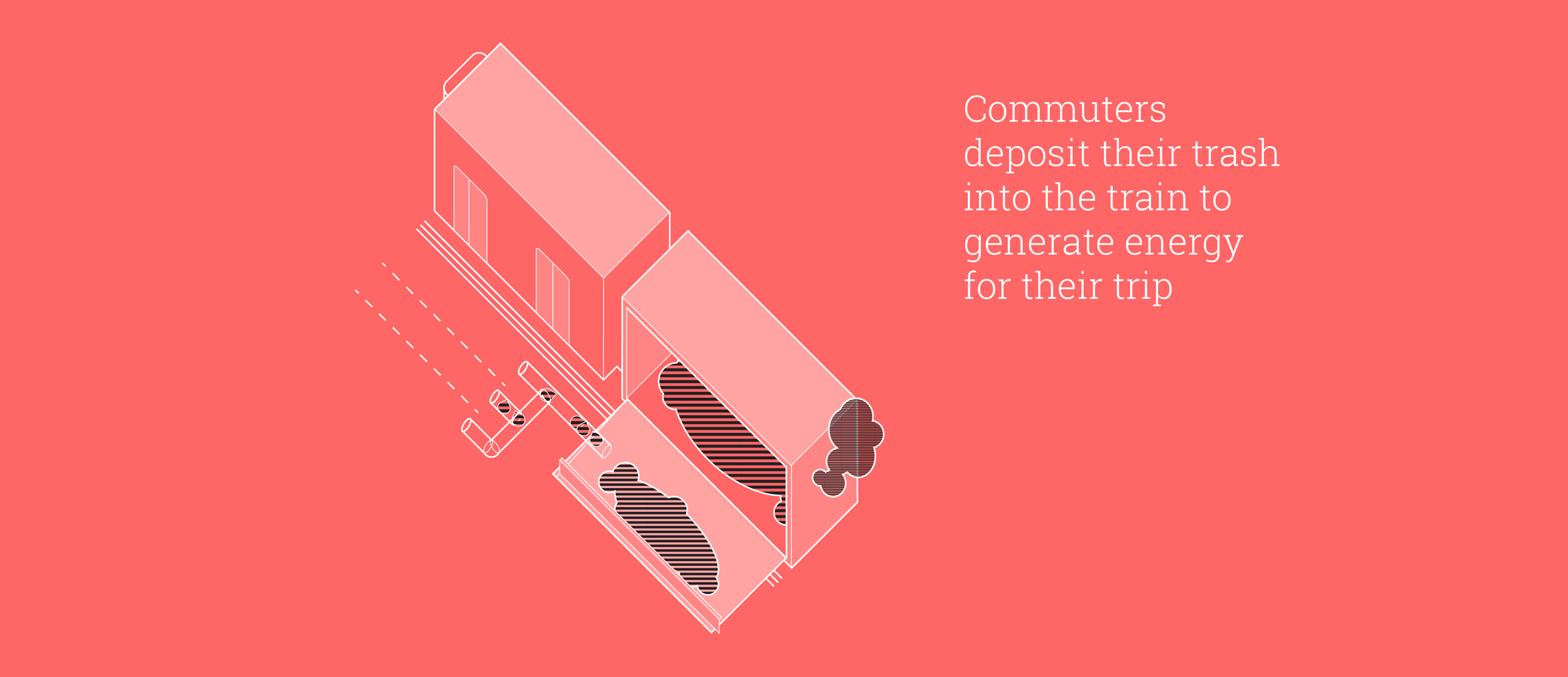
The overall objective of this speculation is to question how we build systems themselves. By thinking of the broader picture, and imagining a world where mobility includes not only transportation of people, but of waste and public services themselves, the seams of our very social systems begin to unravel. If waste travelled differently, if it became visible, could people realize their own place inside broader systems of transportation, health, and food? This video, created for the project, explains it further:
How does a community foster personal responsibility?
To what extent are people willing to be inconvenienced to serve the public good?
How would businesses take on the burden of waste collection?